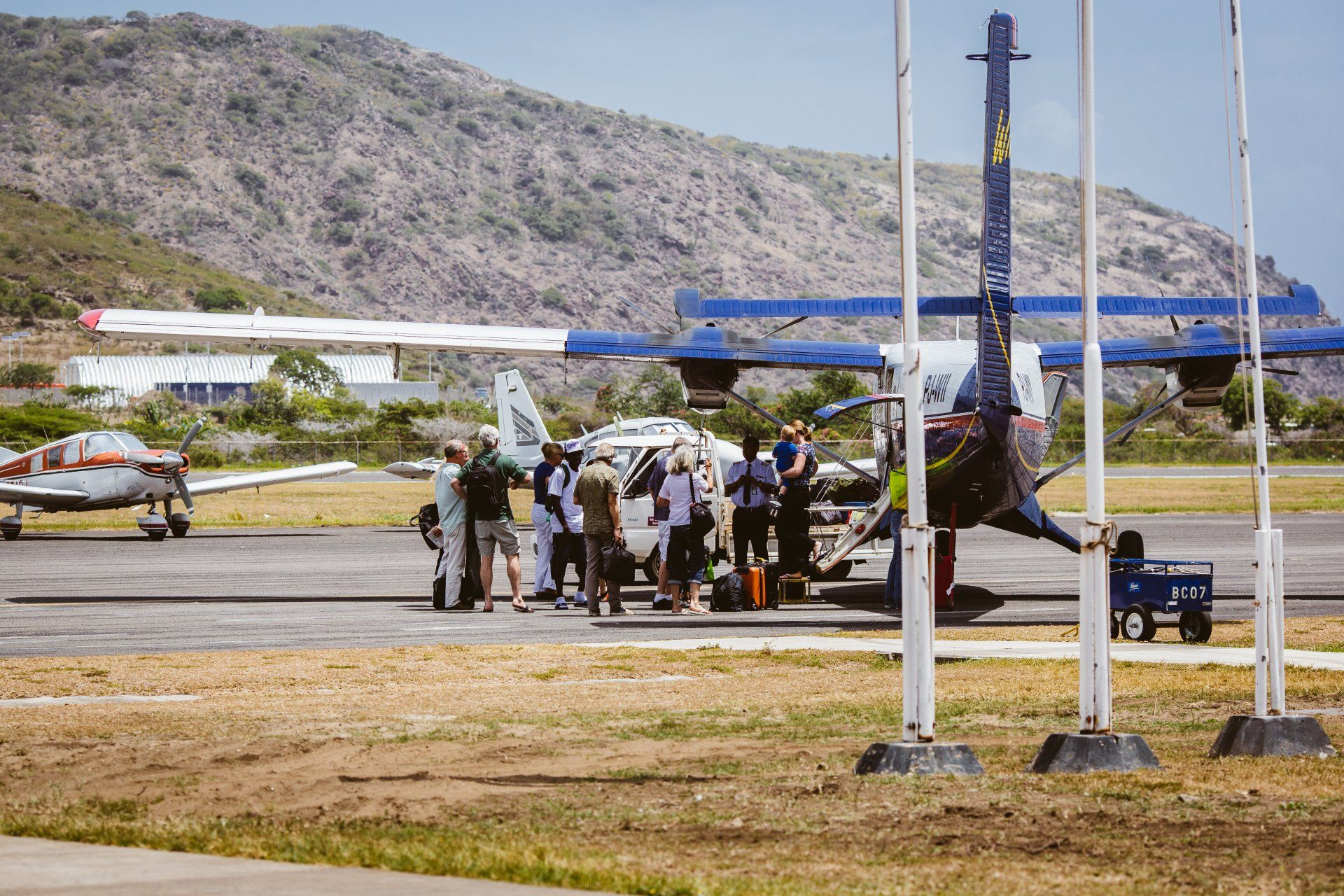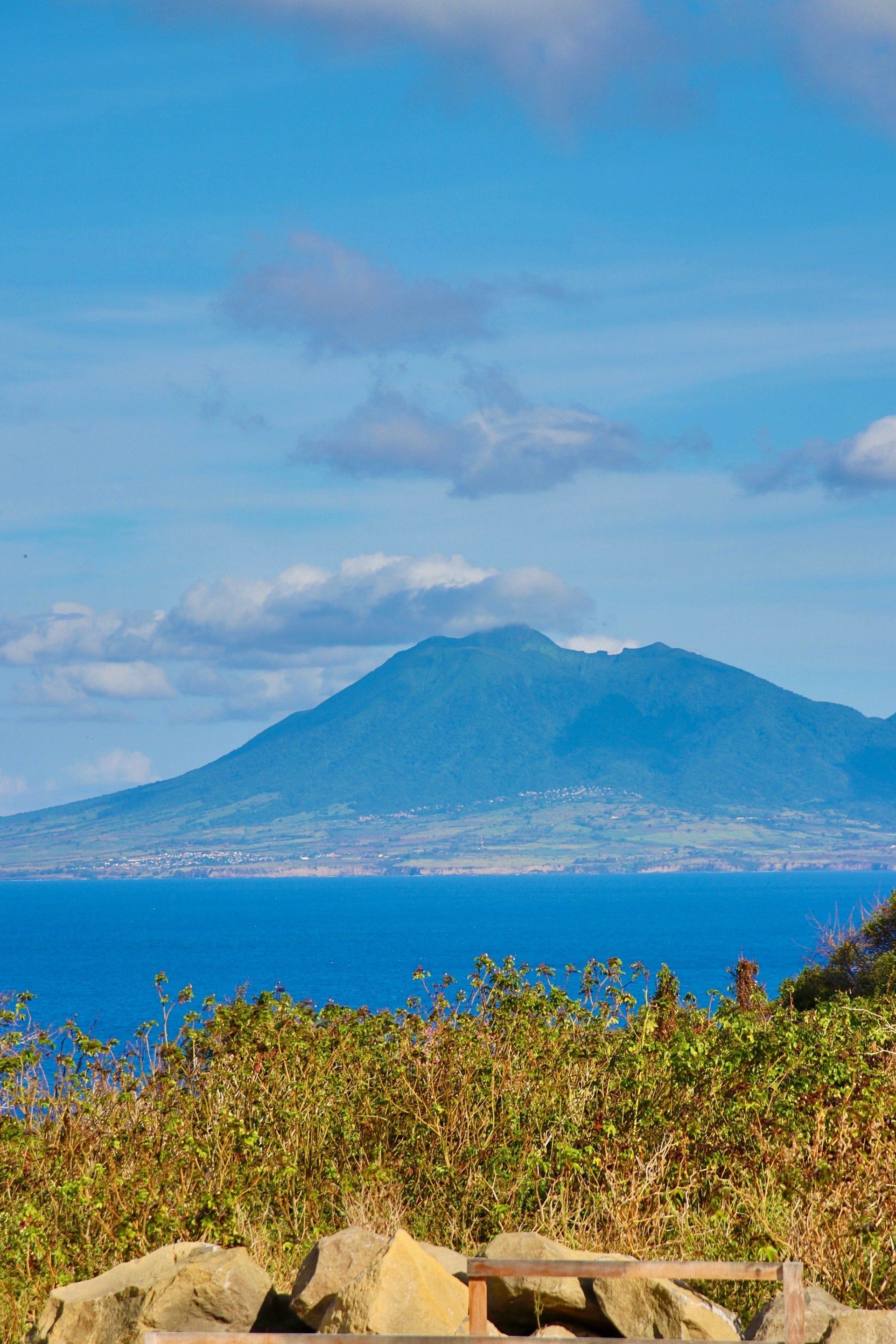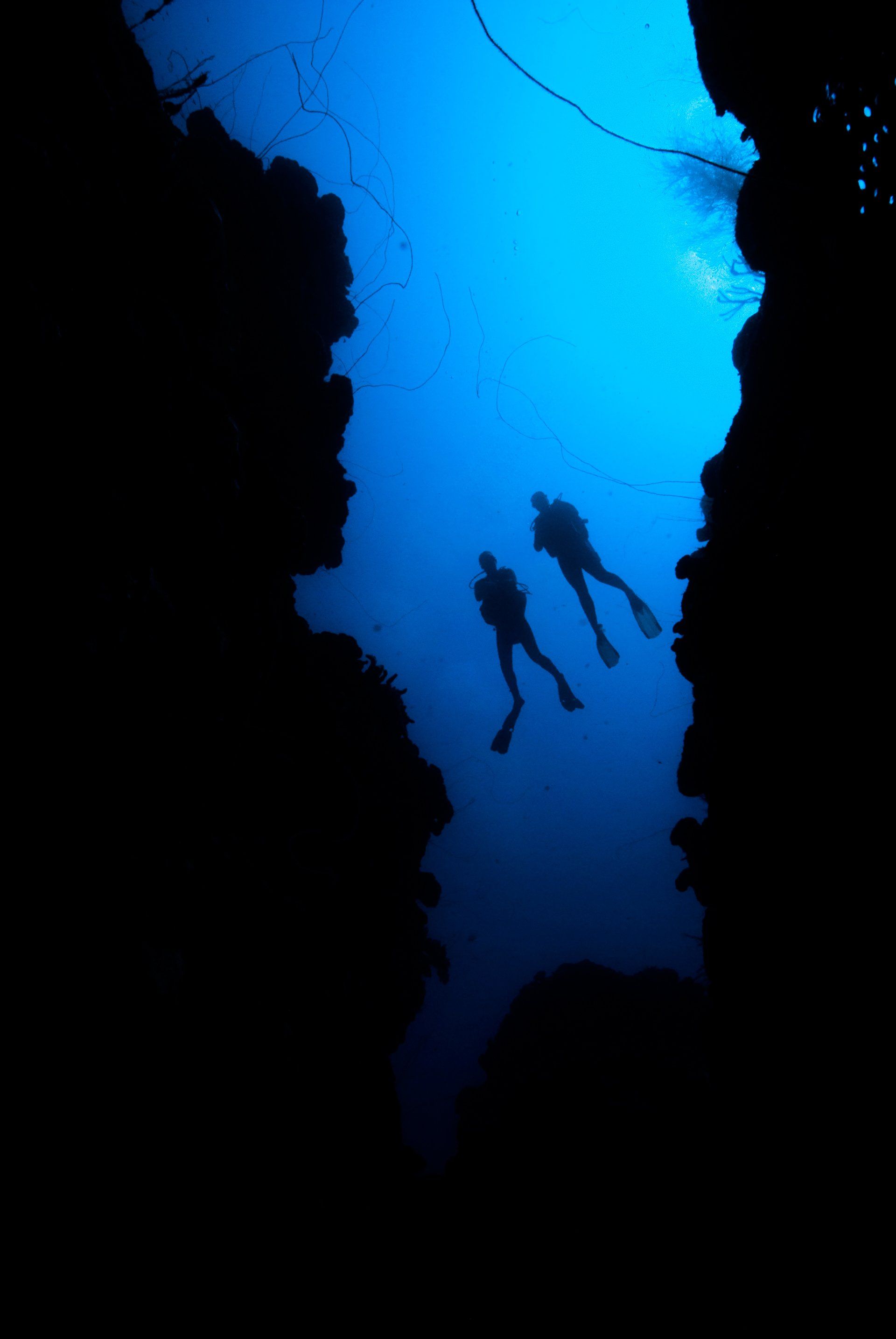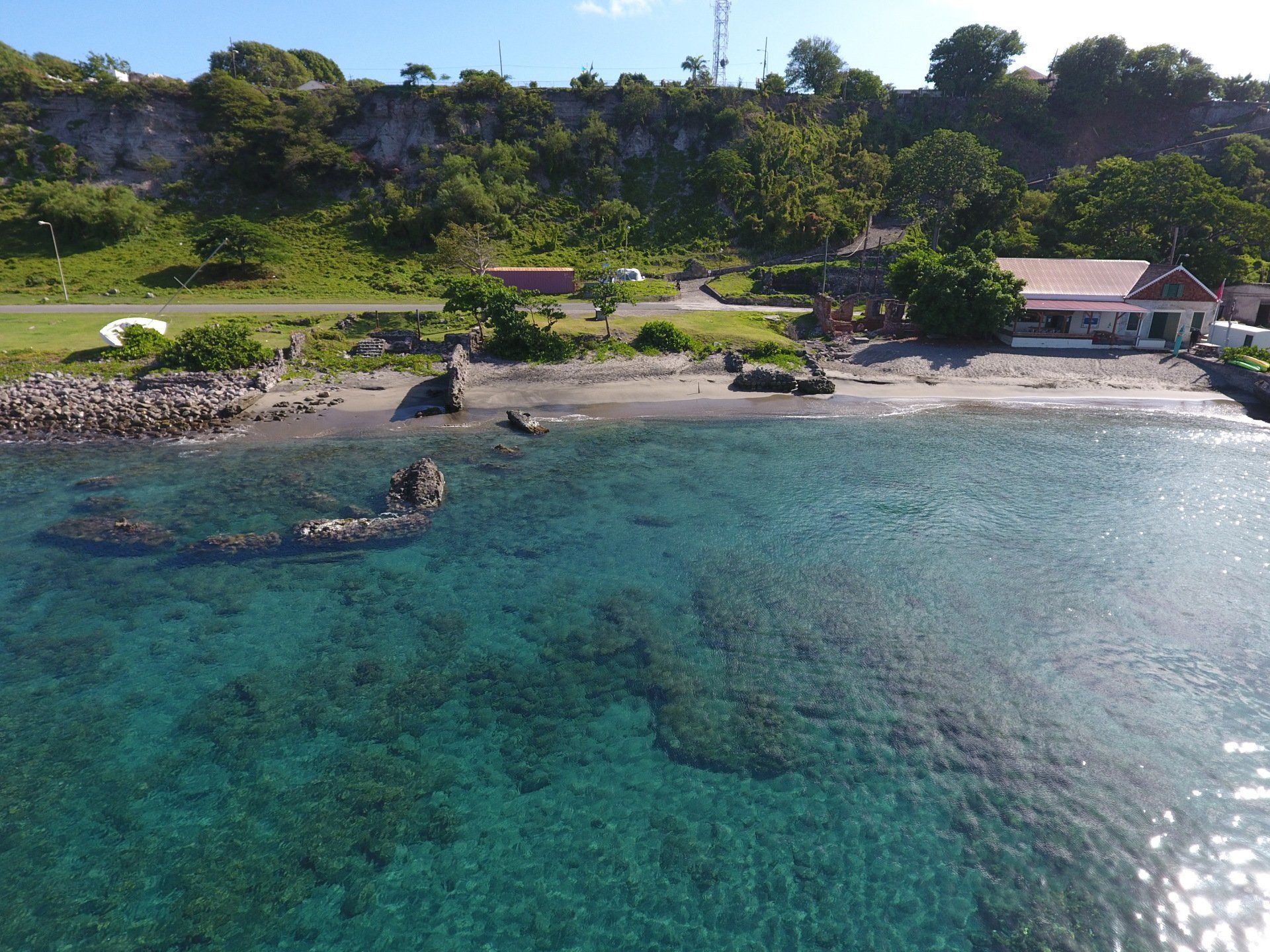ABOUT STATIA
THINGS TO KNOW BEFORE YOUR ARRIVAL
21
KILOMETERS IN LENGTH
1
SLEEPING VOLCANO WORTH A VISIT
3,000+
LOVELY INHABITANTS
30°C
AVERAGE YEAR ROUND
HOW TO GET TO STATIA
FLIGHT GUIDE
WHERE ARE YOU VISITING FROM?
GETTING AROUND STATIA: 5 TIPS
WHERE IS STATIA?
Geography
Neighboring Islands
3 REASONS TO CHOOSE STATIA AS YOUR CARIBBEAN GETAWAY
STATIA VS SABA: THE DIFFERENCES AND SIMILARITIES
Geology and Geography
Beaches
Capitals
WHY ST EUSTATIUS
IS PERFECT FOR YOUR
NEXT VACATION
IS PERFECT FOR YOUR
NEXT VACATION
-
Getting around Statia: 5 tips
Read moreSt. Eustatius is a small Caribbean island with an area that spans 21km. Navigating through the island is fairly easy since it is almost impossible to get lost.
-
Where is Statia?
Read moreOnce upon a time, this sleepy Caribbean paradise was known as the largest seaport for cargo transported between Europe and the American colonies in the 18th century.
-
How to get to Statia: Our Flight Guide
Read moreSt. Eustatius is one of the smallest Caribbean islands. The island is about 5 miles long and 2.5 miles wide with a population that ranges between 3000 to 3500.
-
10 things you must know before booking your trip to Statia
Read moreLocated on the northern Leeward Islands, this Caribbean island of the Netherlands is known as St. Eustatius, Statius or Statia.
-
3 reasons to choose Statia as your Caribbean getaway
Read moreA small island of the Caribbean Netherlands, St. Eustatius is still a relatively unknown destination than its neighboring Caribbean islands.
-
Statia vs Saba: The differences and similarities
Read moreStatia and Saba have long been compared to each other because of their proximity to each other and given the fact that these are two of the smallest islands of the Lesser Antilles yet have such a huge impact on world history.
All Rights Reserved | Discover St. Eustatius



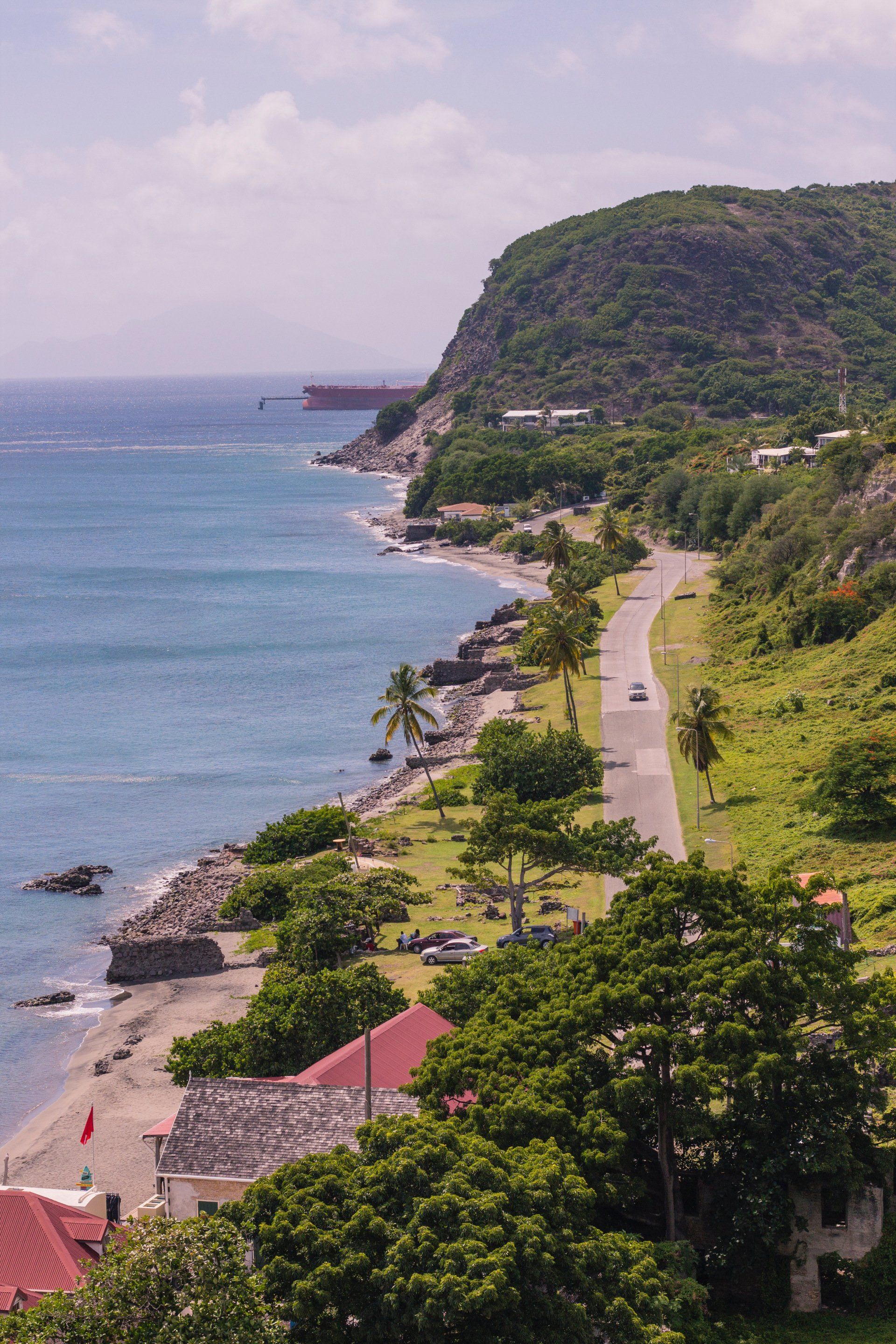
-1920w.jpg)
